Environmental Considerations in Sugar Sachet Packing Processes
Introduction
Sugar sachets are ubiquitous in the food and beverage industry, offering a convenient and hygienic way to add sweetness to drinks. However, the production and disposal of these single-use packaging items raise environmental concerns. This article explores the environmental considerations involved in sugar sachet packing processes, highlighting key areas where sustainable practices can be implemented to minimize ecological impact.
Material Selection
Biodegradable and Compostable Materials: Replacing conventional plastic sachets with biodegradable alternatives, such as plant-based films derived from cellulose or starch, can significantly reduce plastic waste. These materials decompose naturally, eliminating the need for landfill disposal.
Recyclable Materials: Opting for recyclable materials, such as paper or aluminum, allows for the recovery and reuse of packaging materials. This reduces the demand for virgin resources and minimizes landfill waste.
Production Processes
Reduced Energy Consumption: Employing energy-efficient equipment and optimized manufacturing processes reduces greenhouse gas emissions associated with production. Implementing automated systems and optimizing packaging line efficiency can further minimize energy use.
Waste Reduction: Implementing waste management practices, such as reducing material scrap and optimizing packaging design to minimize waste, reduces the amount of non-recyclable waste produced.
Water Conservation: By using water-efficient technologies and optimizing water use in production processes, companies can reduce their water footprint and conserve this precious resource.
Disposal and Recycling
Waste Management Programs: Partnering with waste management companies to establish recycling programs for sugar sachets ensures that used packaging is properly disposed of and diverted from landfills.
Extended Producer Responsibility: Implementing extended producer responsibility schemes incentivizes manufacturers to take responsibility for the end-of-life disposal of their products, promoting sustainable waste management practices.
Consumer Education: Educating consumers about the importance of proper disposal and recycling practices encourages responsible behavior and reduces environmental impact.
Environmental considerations must permeate every aspect of sugar sachet packing processes to mitigate ecological impact. From material selection to disposal and recycling, implementing sustainable practices reduces waste, conserves resources, and minimizes greenhouse gas emissions. By embracing eco-friendly packaging solutions, manufacturers can contribute to a more sustainable future while meeting the needs of consumers for convenient and hygienic sugar dispensers.
-
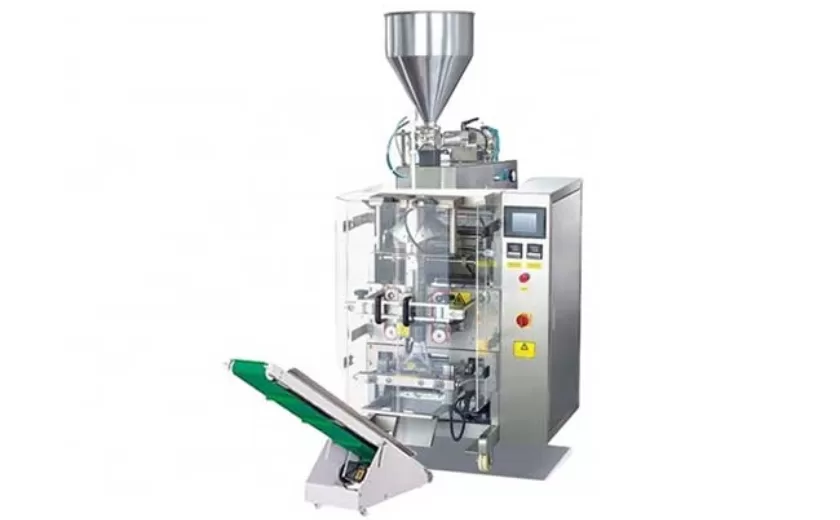
Advanced Packing Solutions: Snacks, Sugar, and Frozen Food Machines
29-10-2025 -
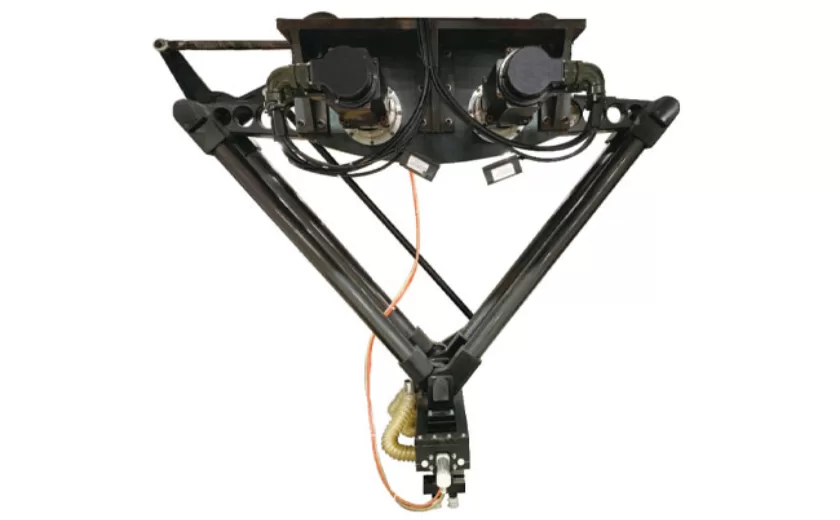
Efficient and Reliable Solutions for Salt, Nuts, and Frozen Dumplings Packing
29-10-2025 -
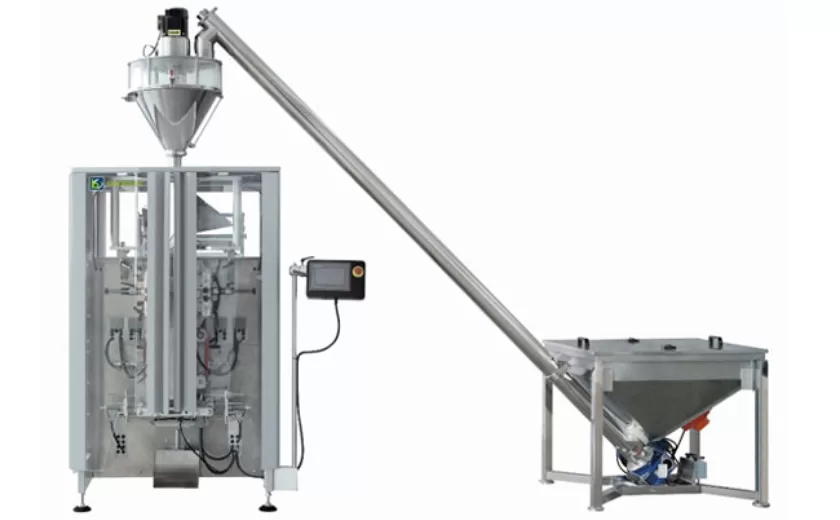
High-Performance Biscuits, Lollipop, and Ketchup Packing Machines for Modern Food Production
29-10-2025 -

Efficient Liquid Filling and Packing Machines for Modern Production
23-10-2025 -
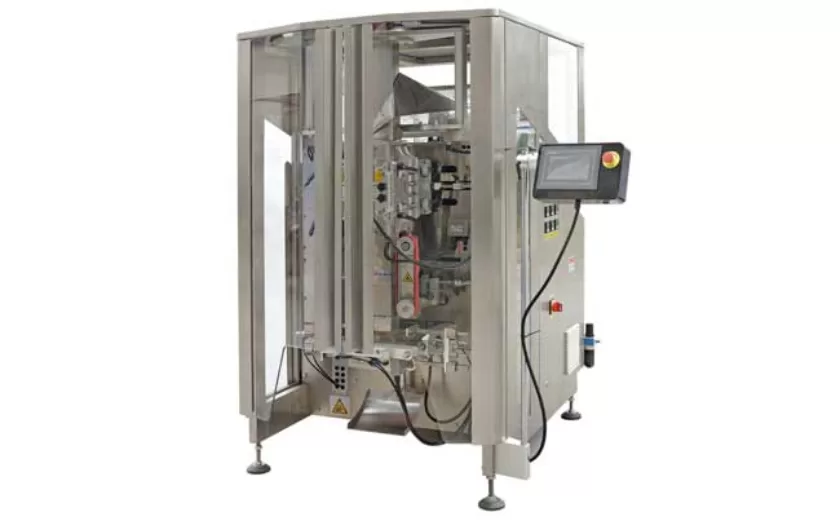
Reliable Granule Packaging Machines for Efficient Production
23-10-2025 -

Efficient Auger Powder Filling Machines for Accurate Packaging
23-10-2025 -

High-Performance Liquid Filling and Packing Machines for Hygienic Production
10-10-2025 -

High-Efficiency Granule Packaging Machines for Precision and Speed
10-10-2025 -

High-Precision Auger Type Powder Filling Machines for Efficient Packaging
10-10-2025 -
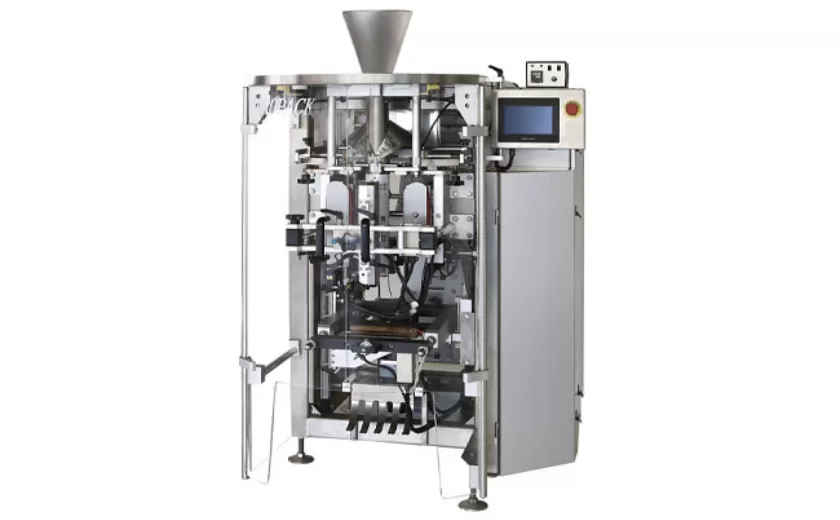
Efficient Vertical Form Fill Seal Packaging Machines for Smart Production
10-10-2025





